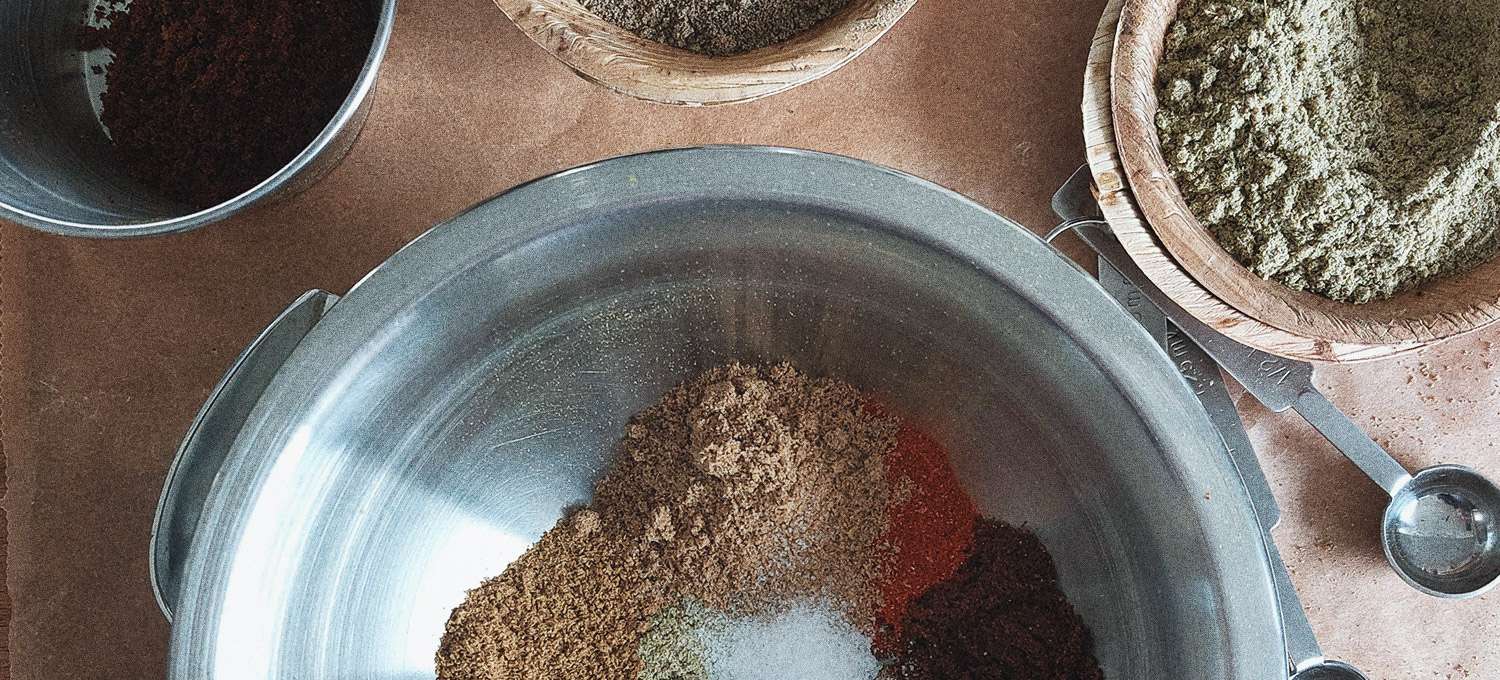The spice trade has not only been an enthusiastic and lucrative trade over the centuries, but also a controversial one. It has brought wealth, prosperity and a rich bounty to various countries and cities and brought cultures together, but it has also created wars and human suffering. This article is not about the enjoyment of herbs and spices in our kitchens but about the trade in which they are inextricably linked. A look at the past in order to look ahead.
We know that the love for spices grew in medieval Western Europe and arose from ancient times. But what stories were told about it? Where did the spices come from? Before the European “discovery” of America, the rare and delicate spices were Asian. In general, they were small, long-lasting, hard to come by and of great value. Making spices a true status symbol. Spices were seen as something unique since there was no substitute that had the same smell, color and taste. This uniqueness added to the overall mystery in which they were shrouded.
From Arabs to Columbus
Asian merchants had been involved in the spice trade since ancient times. The Arabs initially monopolized the trade routes from east to west, bought spices and herbs from Chinese or Javanese merchants and shipped them from India to Egypt. Constantinople and Alexandria were the commercial centers from which spices and herbs reached the Greek and Roman empires. For each spice, the chain from producer to consumer was often long and the spices changed hands many times before they reached Europe. Known as avid traders, the Arabs went to great lengths to confuse buyers about the origin of the spices and maximize their profits.
During the Middle Ages, the Ottoman Empire took over the Arabian sea trade routes and Muslim traders dominated the spice trade for eight centuries. Only in the age of discovery did Europe gain control of the spice trade. In 1499, the Portuguese seafarer Vasco da Gama was the first to reach India after a tour of Africa. He maintained trade agreements with Indian rulers to supply spices such as cloves, nutmeg, ginger and pepper. During this time, the discoverer Christopher Columbus reached America and introduced new spices, including allspice and vanilla, to European consumers.
Routes, forts and alliances
During the “Age of Exploration” (a Western European expression) from the late fifteenth to the nineteenth century, the competition to gain control of the spice trade was fierce. Portugal, Spain, the Netherlands, England and to a lesser extent France and Denmark competed for the spice market in two parts of the world, South Asia and Southeast Asia. Their efforts to have a piece of the pie were played on a global scale on both the western and eastern hemispheres. They all established their own trade routes, setting up armed forts and made alliances just to gain as much of a monopoly on the spice trade as possible.
For decades, the Portuguese were the most powerful players in the spice trade before they were overtaken by Spain, who took over the monopoly in 1580. Dutch merchants also wanted to trade and build large ships to return the spices in bulk. However, the high cost of building a fleet and the pirate threat made it too risky for individual investors to venture on their own. So they decided to collaborate and share their resources and founded the United East India Company (VOC) in 1602. For the next 200 years the VOC was the largest employer in The Netherlands. In the year 1670 it became the richest company in the world, including 200 armed ships, 30.000 soldiers and even much more employees on its payroll. This is also one of the controversial aspects of the spice trade, namely the dark side of the VOC history: the transatlantic slave trade.
A look ahead
In the end, spices becames less and less scarce. Resulting in the dismanteling of old monopolies and companies like the Dutch VOC. The days were gone when these companies deliberately held demand in hostage by controling the supplies. Either by force or trade agreements. The latter is something we still see today. The trade still involves many players making the chain from producer to end user still a long one. Though the actual transfer is now done in weeks instead of months in the old days. The biggest difference however is the context in which the spice trade nowadays operates. Demand for quality is still high, competition fierce and might even become fiercer due to synthetic flavouring, climate change, quality standards and certificates.
Not much is thought about the profound impact of the spice trade on determining where and how we live and eat today, but it is true that spices have been the driving force that has changed and opened the world. And to ensure the spice trade has a longlasting future, both consumers and companies recognize that the spice trade will have to be sustainable and socially responsible. From farmer, to producer to processor the spice trade needs to remain just as attractive and lucrative as it was in the days of the early silk and spice routes from east to west. Our food would not be the same without the use of spices.
Opening image: Victor Huguet – Market in the Desert. Victor Huguet (1835 – 1902) was a French painter. As the main source of inspiration for his works, Victor Huguet made numerous trips to Algeria, Libya, Egypt and Constantinople. Over time his work became more and more impressionistic with a palette of colours brighter and richer.



